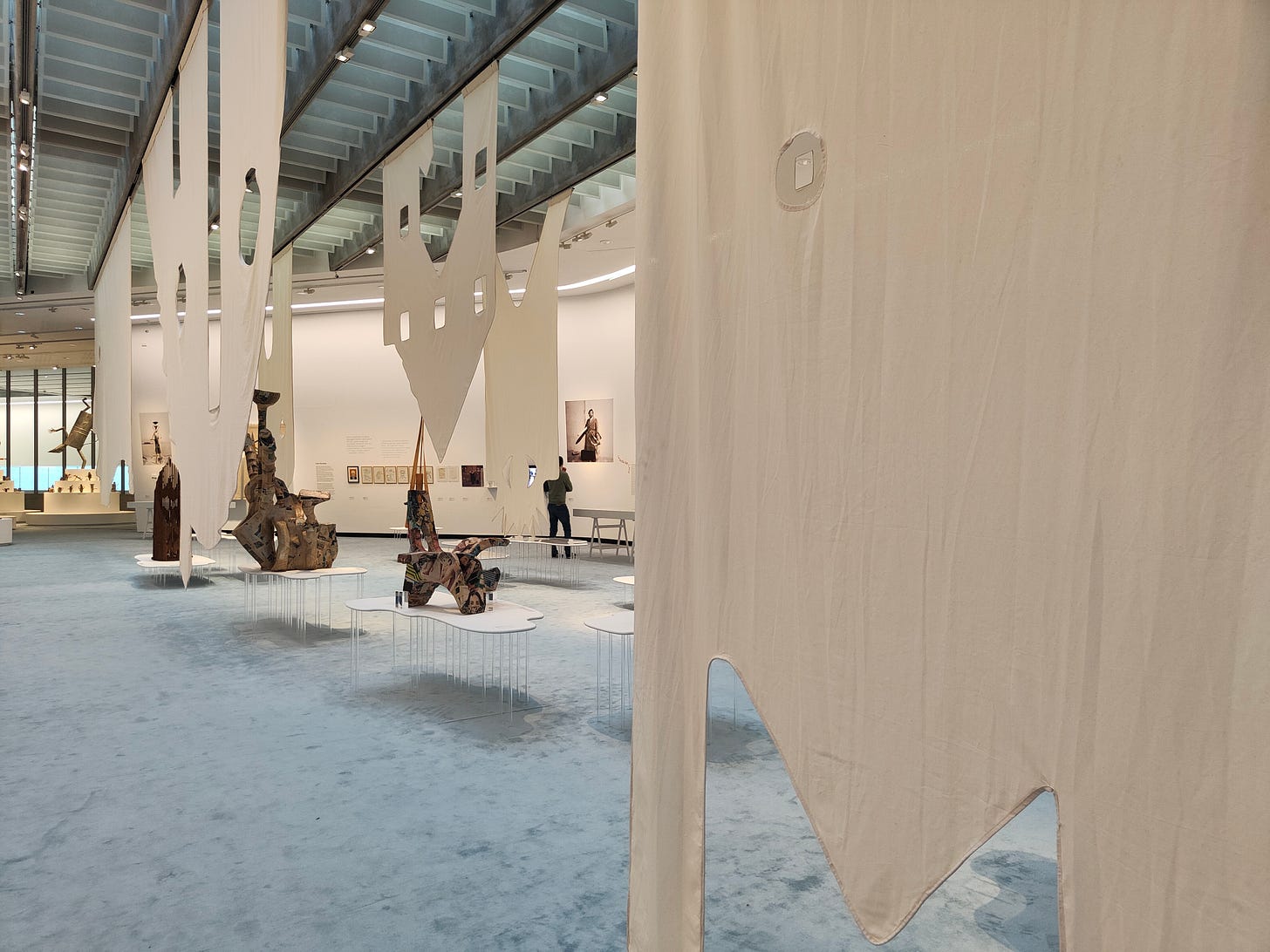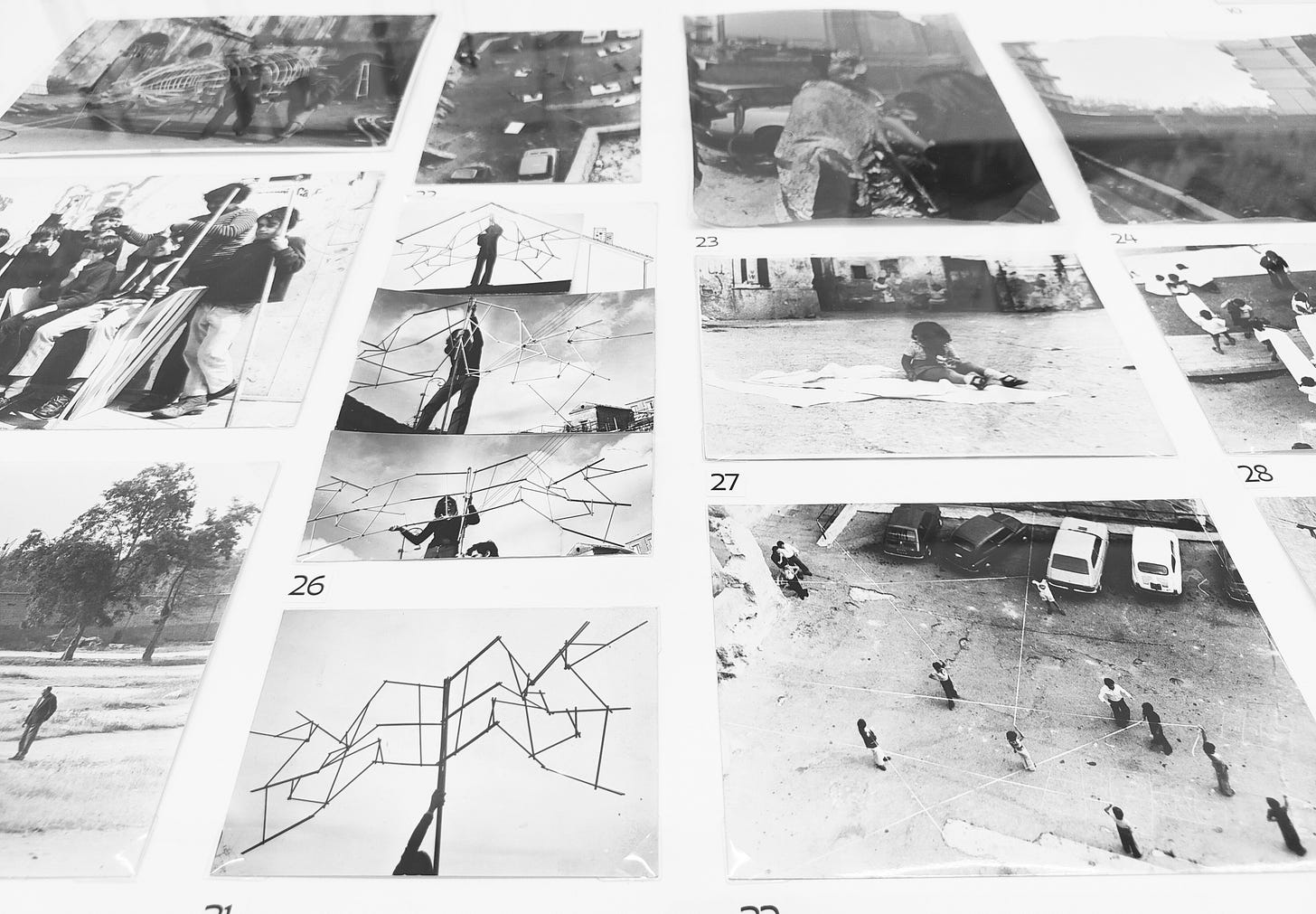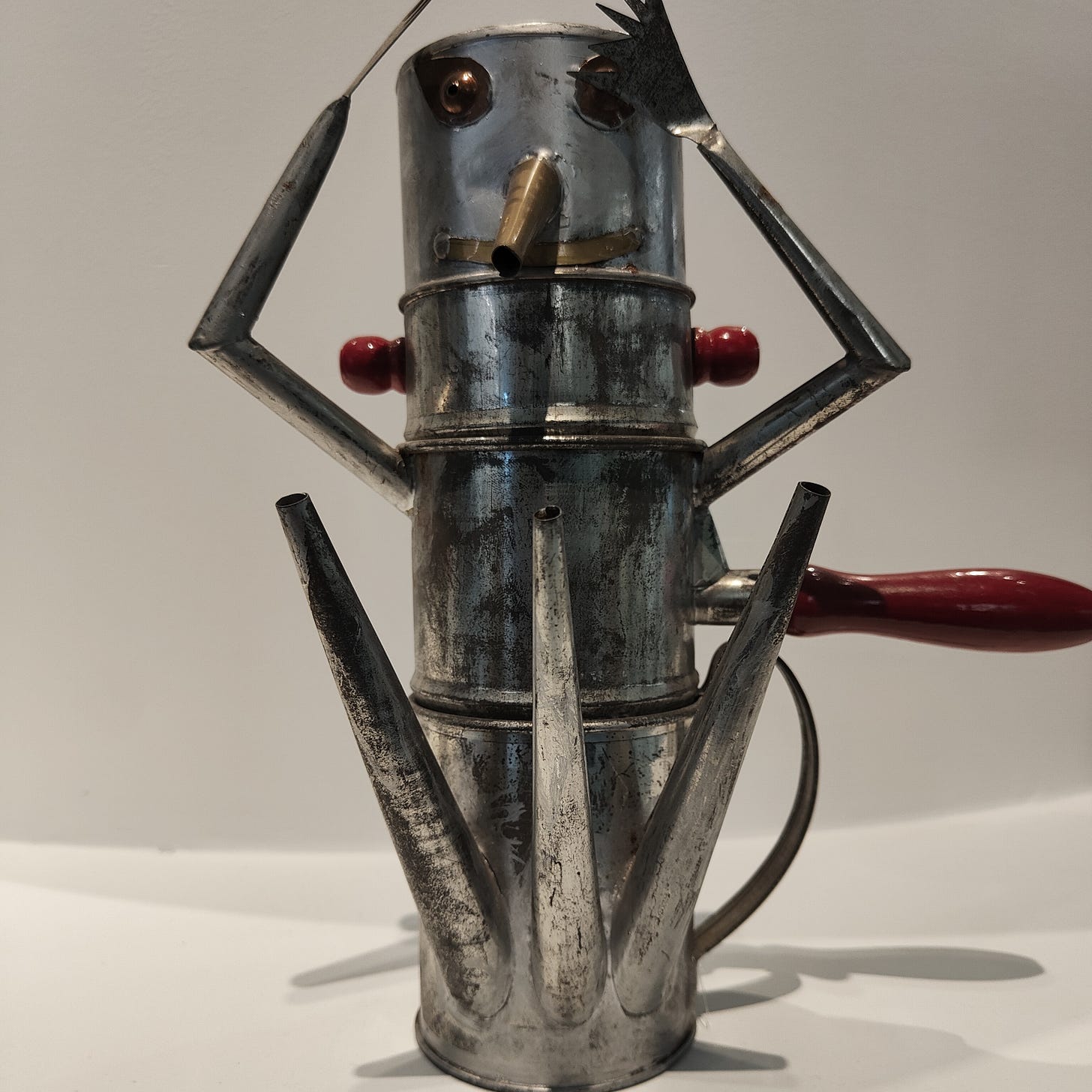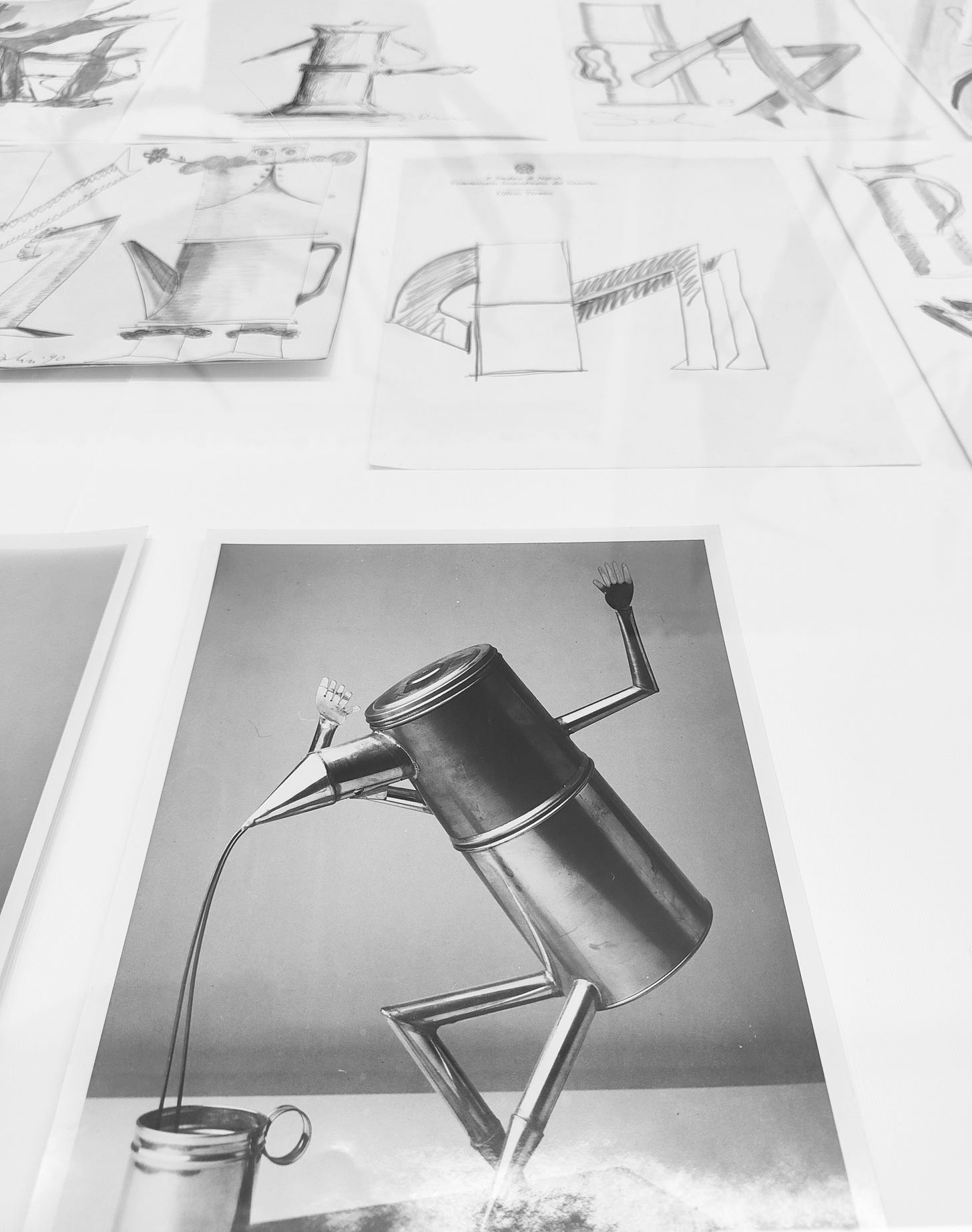Riccardo Dalisi: Street Forward Radical Design
The exhibition at the MAXXI Museum in Rome celebrates the creative designs and educational experiments of Naples' finest Radical, one year after his death.
I had the opportunity to organize a small workshop in Naples, during the summer of 2007, at the Lanificio, a historic wool-house within walking distance of the Garibaldi main train station. This was a cooperative effort, I was coordinating the summer program at NJIT with James Dart, and with two experienced Neapolitan architects, Pietro Nunziante and Alessandro Valentino. For this summer session we built a short program around street design, and we were lucky to have Riccardo Dalisi, a prominent figure on the Naples art and design scene, agree to participate in a series of workshops.
We also asked one of the original members from the Florentine group Superstudio, Piero Frassinelli to come down to Naples to contribute to the conversation. As it turned out, Riccardo and Piero hadn’t seen each other in over a dozen years, and so the event became even more special, like a long overdue Radical tête-à-tête.
Naples is Riccardo’s home turf, and he wasn’t interested in lecturing about his work. Instead, he dove right into the basics, the A, B, Cs, of making objects, structures, furniture from practically nothing, just the way he had always done, and the way he worked years ago, with the poorer street kids in the Rione di Traiano. His method, which he called “tecnica povera,” doesn’t really translate directly, into “poor technique.” It doesn’t fully convey what Riccardo was pursuing in his didactic work. Tecnica povera describes a method of creative making, that intentionally uses less, with what’s already lying around, with what’s readily available and turning it into something special, even magical.
It didn’t take any time at all and Riccardo is folding sheets of paper and making all sorts of different building shapes, that he then places on the floor in front of his chair, some standing vertically, while other pieces of paper set on top, and in no time he had made a series of simple but interesting folded paper studies for various potential structures. While he was busy with all this, Piero began to comment on how Riccardo’s work was so much different from Superstudio’s. For Piero Superstudio wasn’t about inventing form, they were as a group more interested in critiquing form, subverting form.
This played out much more clearly the next day when we visited Riccardo Dalisi’s home and studio. The experience was like walking into a house sized closet, with objects, things, furniture, all of great fantasy and invention, crowded into every angle, piled up on every shelf, hung by hooks from the ceilings and from the walls. There were hundreds of variants of the Alessi coffee moka Riccardo developed, scattered about the place, some mounted on springs, others with faces, others that seemed to have nothing to do with making coffee.
If you have the chance to see Radicalmente, the exhibition on Riccardo Dalisi at the MAXXI in Rome curated by Gabriele Neri, (closing March 3) you will be able to see for you own eyes a good chunk of Riccardo’s creative design production, properly displayed and explained, but missing some of the excitement and energy that you would have experienced if you had seen these things in their original place, things that were all once ideas that filled his house from top to bottom.

Bla bla
Bla bla


Riccardo Dalisi, Radicalmente, Gabriele Neri, Gallery 4. 10/11/2023— 03/03/2024






Hi Peter, it was an incredible workshop, thanks! Please send my regards to James. Here is a video from the Lanaficio - https://vimeo.com/14849468?share=copy